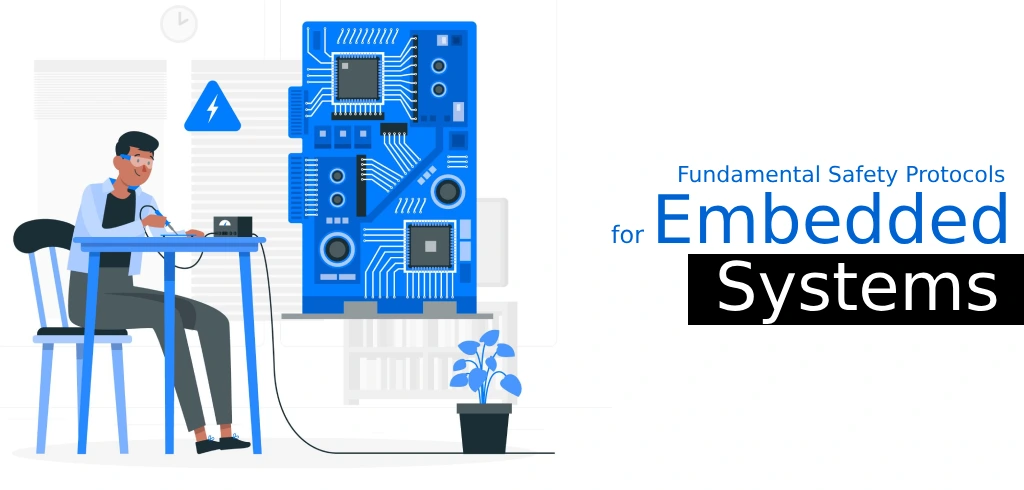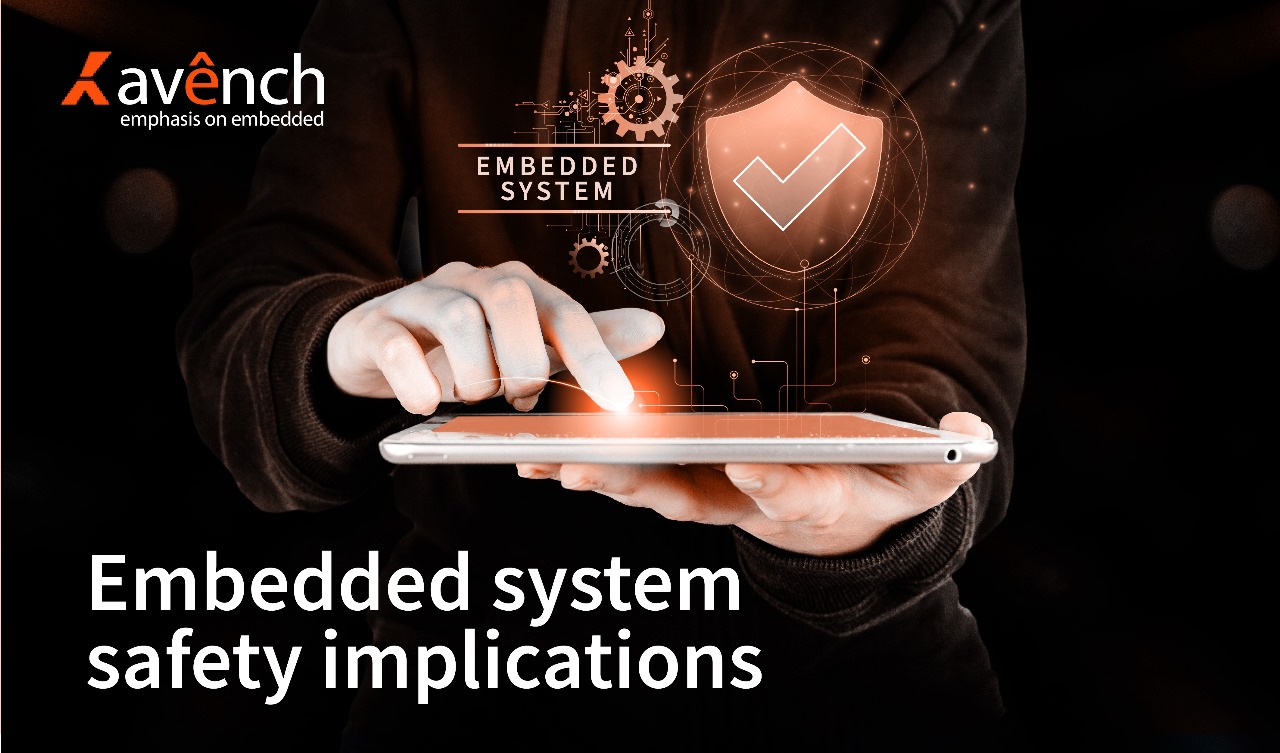Ensuring the security of embedded systems holds paramount importance due to their susceptibility to vulnerabilities that may be exploited by malicious individuals. These vulnerabilities not only enable unauthorized access to confidential data but also serve as a launching pad for the execution of subsequent malicious activities. Under certain circumstances, the exploitation of these vulnerabilities can culminate in tangible damage to devices, thereby potentially endangering human safety.
Given that embedded systems are integral components of high-value and invaluable machinery, they inherently attract the attention of nefarious actors. Consequently, the imperative of enhancing the security of these embedded systems is indisputable.
Software-based, network-based, and side-based harms are the three most frequent forms of attacks against embedded systems. Twelve further subcategories have been created from these threats.
| Software Based | Network-Based | Side Based |
|---|---|---|
| Malware | MITM | Power analysis |
| Brute Forcing Access | DNS poisoning | Timing Attacks |
| Memory Buffer Overflow | DDoS | Electromagnetic Analysis |
| Web Service Exploits | Session Hijacking | Signal Jamming |
Fundamental Safety Protocols for Embedded Systems

Embedded systems rely on the integration of software and computational resources to fulfill a specific, singular function. To ensure the integrity of these systems, it is imperative to follow a series of measures aimed at rectifying identified vulnerabilities and preventing unauthorized access to the interconnected device hardware, software components, and network connectivity. They are as follows:
- Implementing surveillance and physical security measures to restrict access to interconnected devices.
- Employing encryption techniques for data repositories to thwart unauthorized access to sensitive information.
- Incorporating robust authentication mechanisms and secure communication protocols for managing device access and connections.
- Ensuring the timely deployment of proactive and automated firmware and operating system updates to uphold device security.
- Continuously monitoring and scrutinizing emerging vulnerabilities and potential threats to maintain a vigilant security posture.
Why are these threats neglected generally?
The presumptions that were made before are hardly viable. With the escalation in sophisticated attacks targeting embedded systems, the imperative for heightened security measures has become evident. Embedded software development have become an indispensable component of contemporary existence, underscoring the vital importance of their security in upholding the dependability and safety of critical infrastructure systems.
- Embedded devices are immune to cyberattacks.
- Embedded devices are not attractive targets for hackers.
- Embedded devices are adequately secured through encryption and authentication measures.
Current Challenges in Maintenance

- Irregular security updates are common in embedded systems, which often run on the same software for extended periods.
- Enabling security updates in embedded devices may require specific design considerations due to limited automated firmware update capabilities.
- Mass-produced embedded devices of the same version share identical designs, making it easier for successful attacks to be replicated across the entire lot.
- Many critical infrastructures, including utility grids, transportation, and communication systems, rely on embedded systems, iot in industrial automation making them susceptible to cyberattacks with potentially catastrophic consequences.
- Embedded devices have significantly longer lifespans than PCs, necessitating manufacturers to anticipate and address both current and future security threats.
- Embedded systems use industrial protocols that are not protected or recognized by enterprise security tools, posing challenges for intrusion detection and firewall systems.
- Remote deployment of embedded devices outside corporate security perimeters means they may connect directly to the internet without the protective layers found in enterprise environments.
Arriving at the Conclusion
Embedded devices demand varying levels of security, contingent upon their designated functions. During the initial stages of device design, it is imperative to consider the appropriate level of embedded security. Embedded devices should incorporate inherent security measures as a standard feature, rather than relying solely on corporate security solutions. A comprehensive security strategy must encompass the entire embedded product development lifecycle of the product and its data, encompassing aspects such as design, testing, delivery, maintenance, and eventual decommissioning.
Project teams must possess a thorough understanding of the risks associated with security breaches impacting their products. Establishing agreed-upon security requirements is crucial for individual devices, inter-device communications, network infrastructure, and data management. It is advisable for every company to institute a security policy prior to commencing an embedded project. Avench Systems offers extensive expertise in the design of dependable and secure embedded systems, ensuring the creation of an integrated safety framework for your organization.
Avench is one of the leading embedded software &firmware development company in Bangalore. For any sales queries, contact us at +1 (775) 404-5757. You can also email us at sales@avench.com. We will be happy to assist you.

